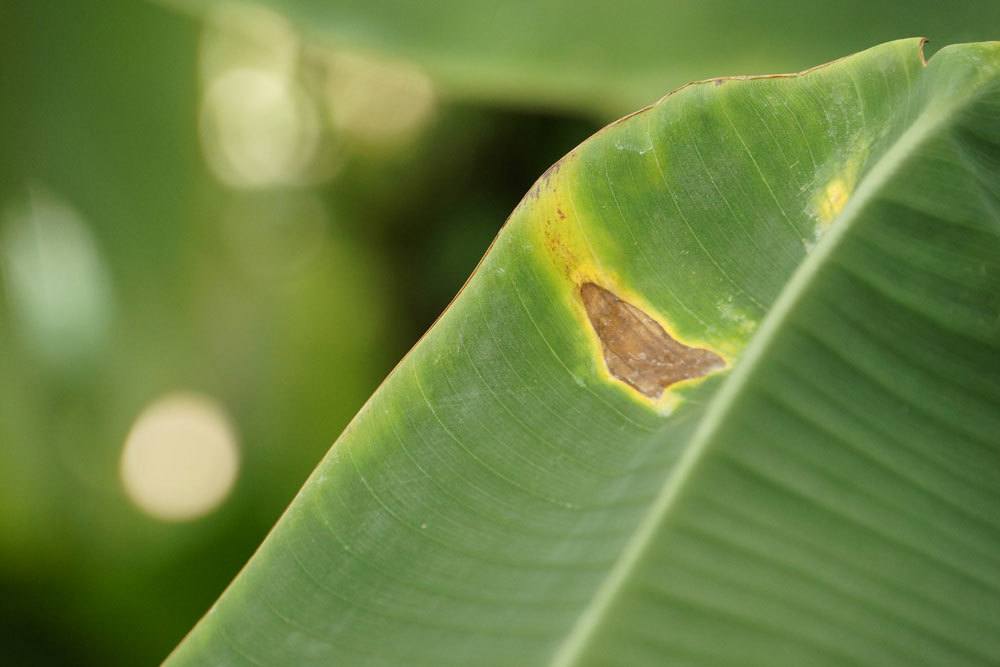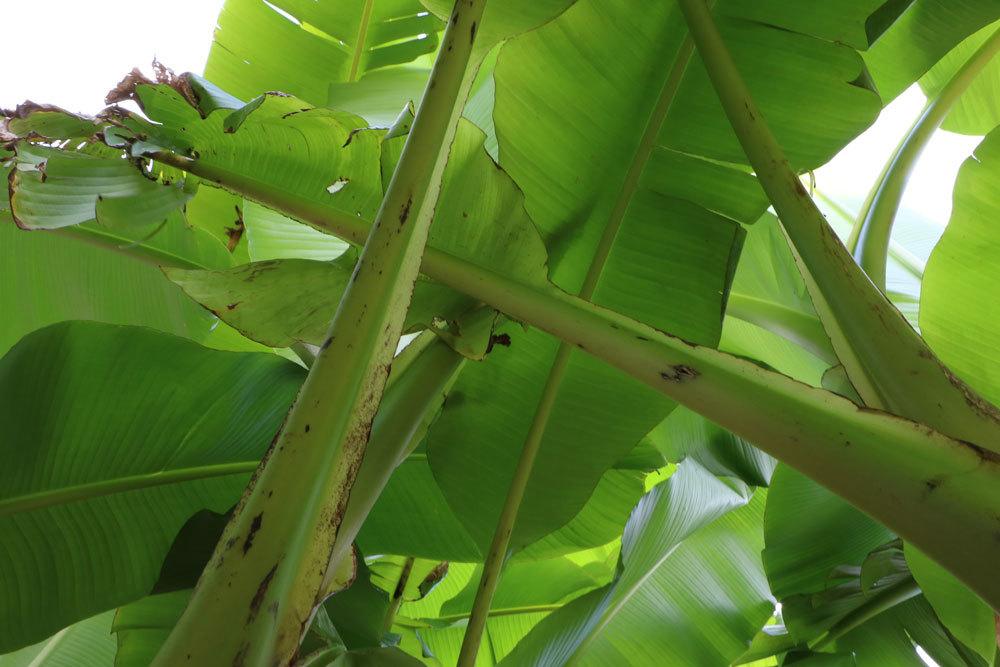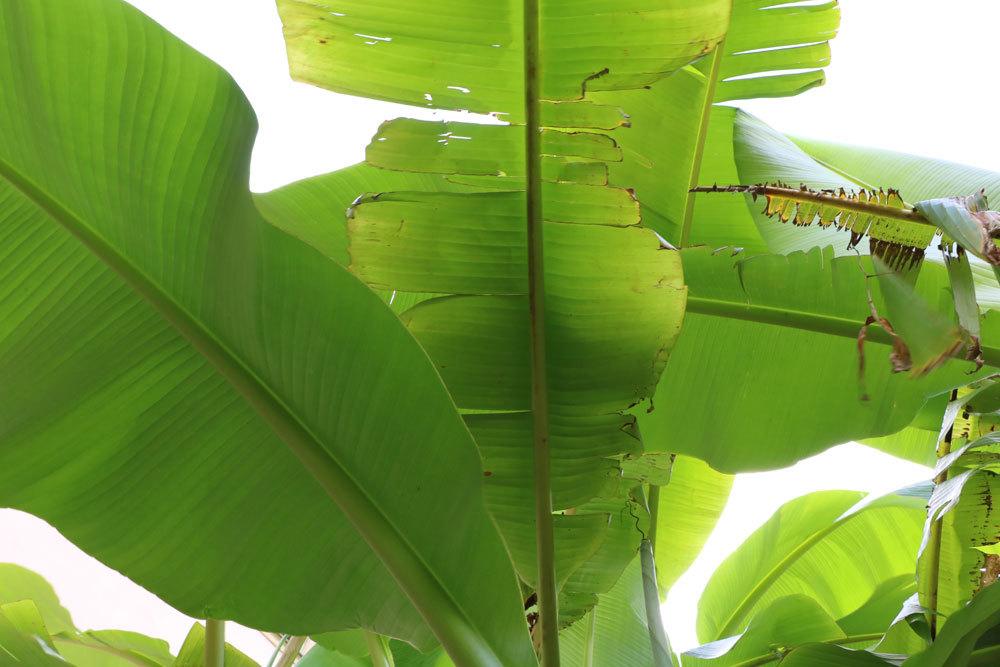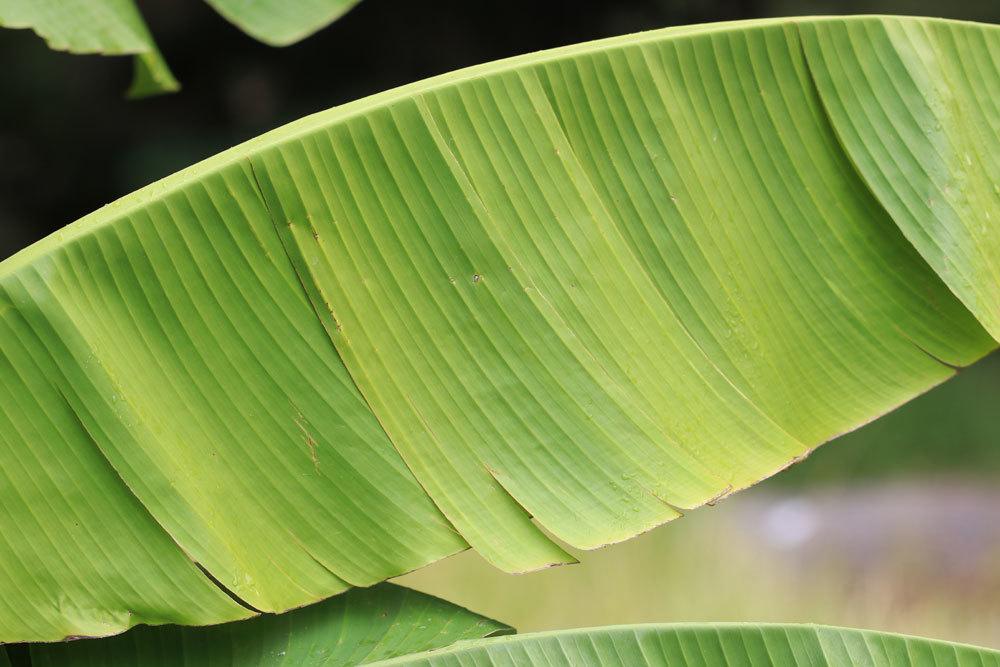The banana plant is popular and can be found hundreds of thousands of times in our homes. No wonder: the plant with its large, green-juicy leaves makes an enormous visual impact and is extremely hardy. Moreover, the ornamental banana requires little attention. Sometimes, however, you have to take care of it a little more intensively. That is when its leaves turn brown. This is no reason to panic. However, you should immediately get to the bottom of the causes.
Contents
Discoloration
Not all discoloration is the same
When the leaves of the Musa Acuminata, the Latin name of the ornamental banana, change color and turn brown, this does not necessarily have to be a sign of alarm. The rule here is that discoloration is not the same as discoloration. In the life cycle of the plant, it is perfectly normal for individual parts of the leaves and especially the leaf tips to take on a brownish color. If such a change is noticed, observation is necessary. If the discoloration remains limited to individual leaf areas and does not spread, no reaction is necessary. At most, the older leaves with their brown edges can be cut off. The plant does not mind.
Causes
When it is time to act
If the brown spots spread over a large area on one or more leaves, it is a clear indication that something is wrong with the ornamental banana. In most cases, the cause is a care error. Basically, the following causes can be to blame for the brown coloration.
- too little water
- too little humidity
- too little light
- too few nutrients
- pest infestation

In addition, it is also possible that the leaves turn brown because the ornamental banana forms daughter plants. No matter what the cause is, it must be remedied in any case, so that the plant is not permanently damaged and dies. In concrete terms, the brown coloration of the leaves can be counteracted by changing the care and location of the plant.
Water shortage
Simply watering more is not always the best solution in this case. Rather, it depends on targeted watering. The following applies: The soil or substrate of the ornamental banana should be moist, but not soaking wet. Between the individual watering processes, the surface may even dry out. In no case, however, should the soil dry out completely, which can happen especially during the winter heating season. It may be necessary to change the substrate. There is a possibility that the existing soil does not distribute the water properly. A mixture of soil, peat and coconut fibers is ideal. Important: The water requirement of the ornamental banana is very high. The larger the leaves of the plant, the more water it needs. Therefore, daily control of the soil is elementary. Watering should only be done with soft to medium-hard water (maximum hardness: 2.5).

Humidity too low
Ornamental bananas require a relatively high humidity. Especially in heated rooms, this can sometimes be too low. As a rough guideline, a humidity of 50 percent or more is very good for the ornamental banana. In the tropics, where it comes from, it usually has to deal with a humidity of 70 percent. However, this is very difficult to achieve in our homes. By the way, building biologists generally recommend an indoor humidity of 30 to 50 percent. This can be measured quite simply with a hygrometer.
If it shows less than 50 percent, regular spraying of the leaves with water helps. However, this water should be soft, i.e. low in lime. The hardness range of the water should not exceed a value of 2.5. Of course, collected rainwater is ideal. Alternatively, you can also shower off the leaves at regular intervals. It is important that only the leaves are wet and that the plant is not additionally watered.

Lack of light
To thrive optimally, the ornamental banana needs plenty of light. Brown leaves can be an indication that it is not getting enough of it. In this case, a change of location is urgently recommended. It should be bright and sunny, preferably at a south window. Even the blazing midday sun is no problem for the plant. Just a reminder: it comes from regions where strong sunlight and thus high temperatures are the order of the day. Alternatively, the perennial can be additionally illuminated with a plant light.
Lack of nutrients
Six to eight weeks after repotting, the ornamental banana must be fertilized regularly. Fertilizer provides important nutrients that the plant needs to grow. Fertilizer can be applied either with liquid fertilizer or through fertilizer sticks. It is important to have some regularity. In summer, fertilizer should be applied once a week, and in winter once a month. By the way, overfertilization is just as harmful as an undersupply of nutrients.

Pest infestation
It is relatively common for spider mites and mealybugs to spread on and under the leaves. This infestation usually also leads to discoloration and death of the leaves. The best way to combat these pests is to coat the affected leaves with special oil-based solutions. The corresponding products are available in specialized shops. By the way, pest infestation is usually a clear indication that the soil of the ornamental banana is too dry.
Daughter plants
The ornamental banana forms daughter plants
When the ornamental banana has offspring, individual leaves also very often turn brown. The reason for this is quite simple: the young plantlets, the so-called children, need nutrients and energy from the mother plant. This is not without consequences.

In the event of the formation of a child, it is best to proceed as follows:
- examine the soil around the trunk and look for small plantlets
- carefully remove the young plants from the soil, without damaging the delicate roots.
- then pot the young plants separately
- cut off the brown leaves of the mother plant
Even a robust plant like the Musa Acuminata does not live forever, of course. Brown leaves are a sign that the plant is coming to the end, especially if it has already produced many offspring. You have to accept that – and simply enjoy its offspring.









